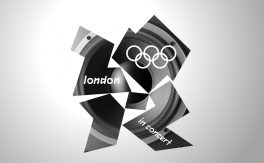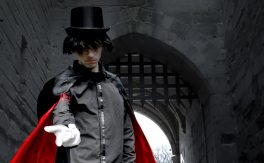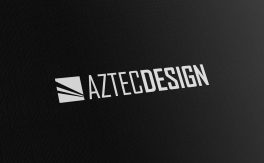"In most people's vocabularies, design means veneer; it means interior decorating... but to me, nothing could be further from the meaning of design. Design is the fundamental soul of a man-made creation that ends up expressing itself in successive outer layers of the product or service."
These words came not from a designer, but from the late Steve Jobs; an engineer and businessman. He once admitted that he only grasped the importance of good design having undertaken a typography class almost by accident. That accident went some way to changing the world. It challenged the engineers of modern technology to react to the often irrational, emotive world of the average user for the first time, leaving the strictly logical and inflexible interfaces to the engineers themselves.
Jobs was absolutely correct in identifying that design is the "soul of man-made creation" expressing itself, and, it is because of this, that successful design is rarely done by committee. For Apple, it took Jobs to recognise its importance, but one British man to realise the vision; Jonathan Ive.
As American designer Thomas Vasquez once said; "Compelling design occurs not by employing the principals of a democracy." It is, indeed, much more like a monarchy. A designer almost always grows up surrounded by design, and it is this irreplaceable preparation - an innate rapport with what others experience - that guides them in everything they do.












